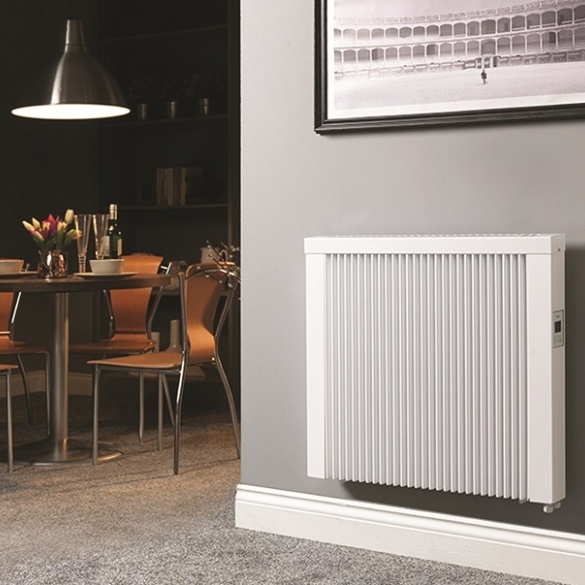What To Think About When Buying Electric Radiators

Electric radiators often get a bad rap. I think it’s down to people associating electric radiators with electric panel radiators and not something as powerful as a traditional radiator. Just like the breakthroughs in electric cars and home technology which now lean heavily on electric over traditional fuel sources, the world of the simple home radiator is something which has been upended in recent years. More and more people are opting for electric radiators in their homes (and offices) as a means to have greater control over heating and saving energy in the process, it might be beneficial to contact local experts who can provide electrical panel services to provide you with an updated electric radiator interface so you can enjoy the benefits of a more efficient and powerful heater system.
But what should someone know about electric radiators when shopping around the first time? After all, a radiator isn’t something you’d buy every day. Here are some things to think about when buying electric radiators which hopefully will help you avoid making simple mistakes.
Size
Not all radiators are made equal, even when they look the same. Swapping out a radiator for an electric (or dual fuel) radiator which has the same measurements won’t result in you having a radiator which works exactly the same. I highly recommend finding out what BTU the radiator you’re looking to replace provides in your room or figuring out what BTU a room needs.
Electric radiators work off of wattage, as opposed to standard BTU output. Still, a quick google for a conversion calculator should help figure measurements out without having the dust off a scientific calculator.
Placement
“There’s no earthly way of knowing which direction we are going.”
It isn’t often that one gets the chance to quote Willy Wonka when talking about radiators, but he does make a good point when you have to think about the direction and placement of radiators. Placement is, to me, the most important and underutilised benefit of using electric radiators.
Why is that so? Well, electric radiators need to be plugged or wired to electricity rather than plumbed into pipes. Such a change gives you the major advantage of being able to place a radiator almost anywhere you like on a wall, be it a few inches higher or above a sofa or drawers.
You can think outside the box with placement and help free up space, especially if your existing radiator has been in a cumbersome position for the longest time now.
Heating Type
Electric heating is a world onto itself, and within it, you’ll find you have different heating types to choose from. Most electric radiators use an internal element to work like a normal radiator where cold air comes up from the bottom, warms up, and then circulates around the room.
The same can’t be said for infrared radiators, which to me are the secret dark horse of electric heating. Infrared radiators are plugged in and heat directionally, i.e. you place an infrared radiator up on the wall, and it will emit heat solely outwards (not upwards) from that direction.
I recommend anyone who would be looking to have a radiator replace the likes of a fireplace in their living room read up on this heating type.
Adaptability & Control
One last point to make when considering going electric with radiators; don’t just leave it to the radiator to be electric. If you’re modernising the way space is heated, bring how you control it up to modern standards too with a smart radiator valve.
These nifty little pieces of kit can be programmed remotely via Wi-Fi in your home via a tablet or phone, letting you choose what temperature rooms get throughout the day. Doing so can come in incredibly handy when using electric radiators. Why so?
Well, the only limitation an electric radiator has comes from being independent (if used alongside traditional radiators). Whenever you turn home heating on, unless you manually turn the electric radiator on as well, you’re not going to have the radiator come on and work by itself, unless you have it synced up using a smart valve or thermostat.
Even if you can’t swap out your home heating for electric just now, having these smart valves in place is going to be a game-changer.
Get your ideal electric radiator today
If you’d like to see what electric radiators look like (spoilers; they’re just like regular radiators) I recommend visiting Trade Radiators. Not only do they have different styles and shapes of electric radiator, they also have examples of the infrared radiators I mentioned earlier in this piece.
And remember that if you’re doing any work around the home to check out the latest home hacks on the blog.
What's Your Reaction?
Newly middle-aged wife of 1, Mom of 3, Grandma of 2. A professional blogger who has lived in 3 places since losing her home to a house fire in October 2018 with her husband. Becky appreciates being self-employed which has allowed her to work from 'anywhere'. Life is better when you can laugh. As you can tell by her Facebook page where she keeps the humor memes going daily. Becky looks forward to the upcoming new year. It will be fun to see what 2020 holds.



